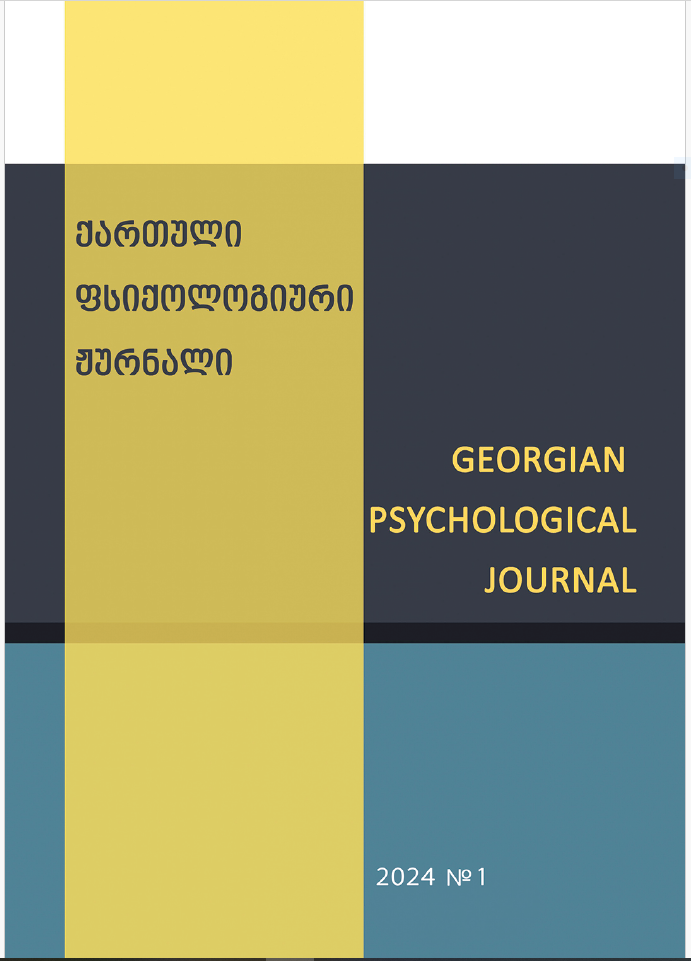THE SELF AND THE WORLD AS SEEN FROM THE WHEELCHAIR: SOCIAL ADAPTATION AFTER PHYSICAL TRAUMA AND THE SENSE OF PSYCHOLOGICAL WELL-BEING
Main Article Content
Abstract
The study aimed to explore the processes of positive psychological changes and the underlying factors following an extremely stressful life event – spinal cord trauma – in the life stories of 15 socially active individuals who use the wheelchair. The data were collected using life story interviews. The qualitative part of the study involved thematic and structural analysis of narratives, while for the quantitative analysis, each interview transcript was recoded and processed for target variables such as autobiographical reasoning, narrative structure and consistency, and psychological well-being. The analysis of the results revealed that the more consistently and rich in autobiographical reflection individuals narrate their life stories, the more psychological well-being indicators emerge in their accounts. Additionally, during the process of post-traumatic rehabilitation/resocialization and re-adaptation, they have to reconstruct their own identity, reassess their self-image, body – image, values, and relationships with others, as well as their broader environment and perceive it from a different perspective. The personal narratives of study participants were saturated with the themes of discontinued lives, disturbed body image and attitudes towards wheelchair use, self-reconstruction and adaptation, motivators and resources, finding a place in life, and returning as full members of society.
